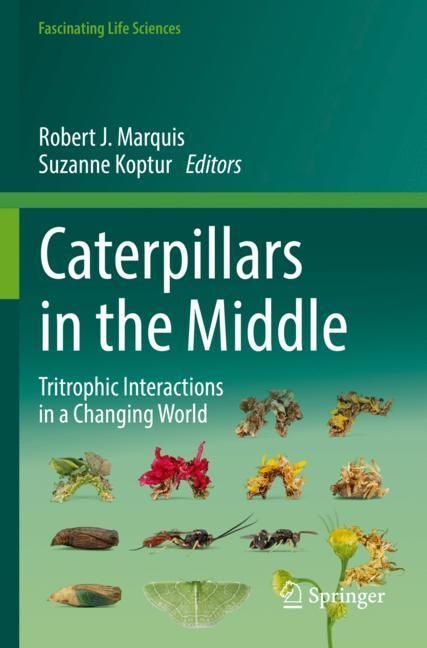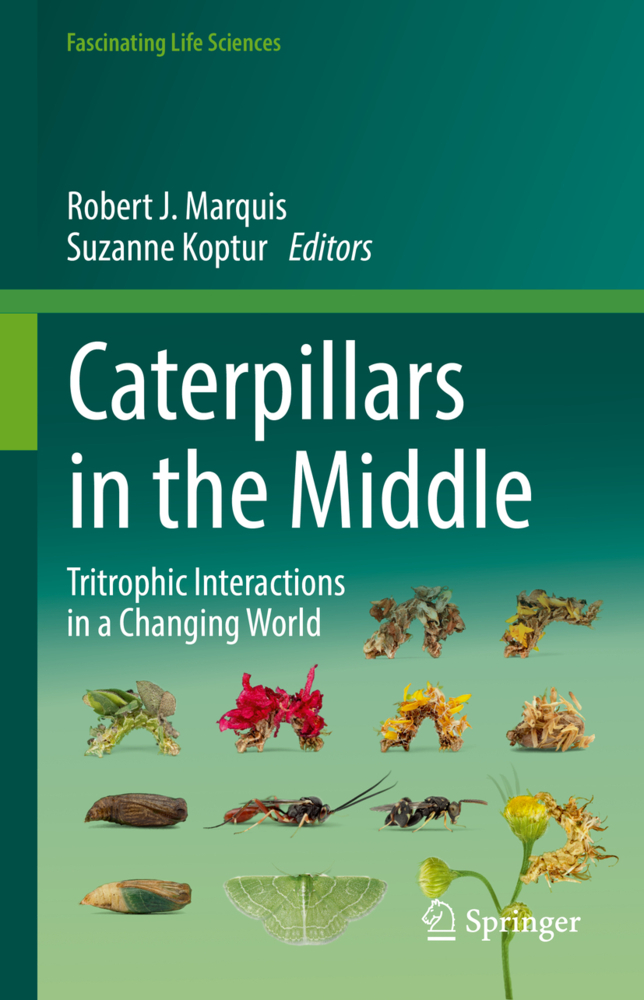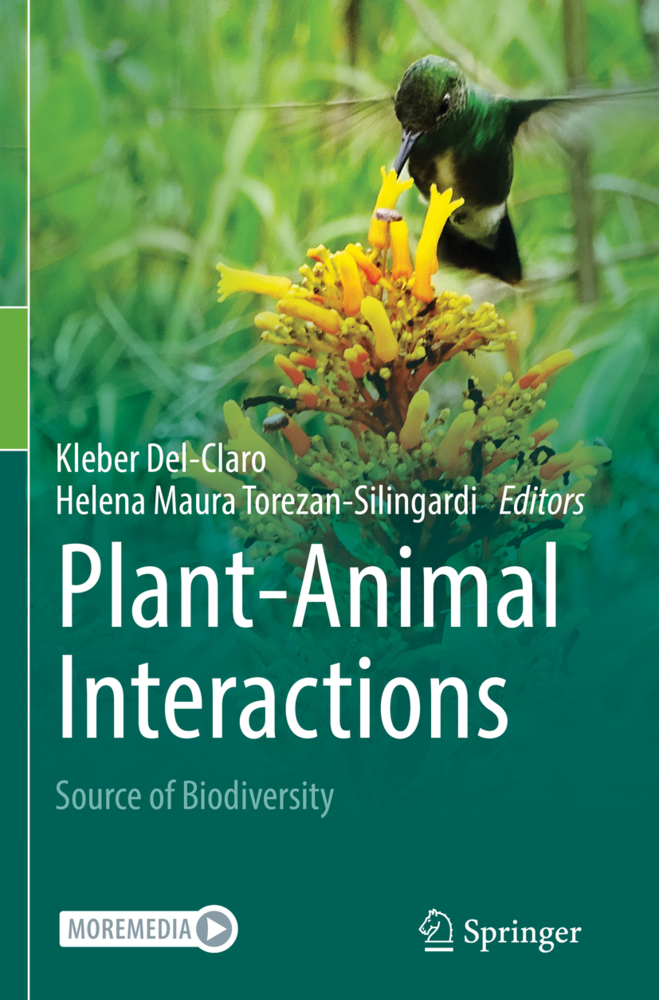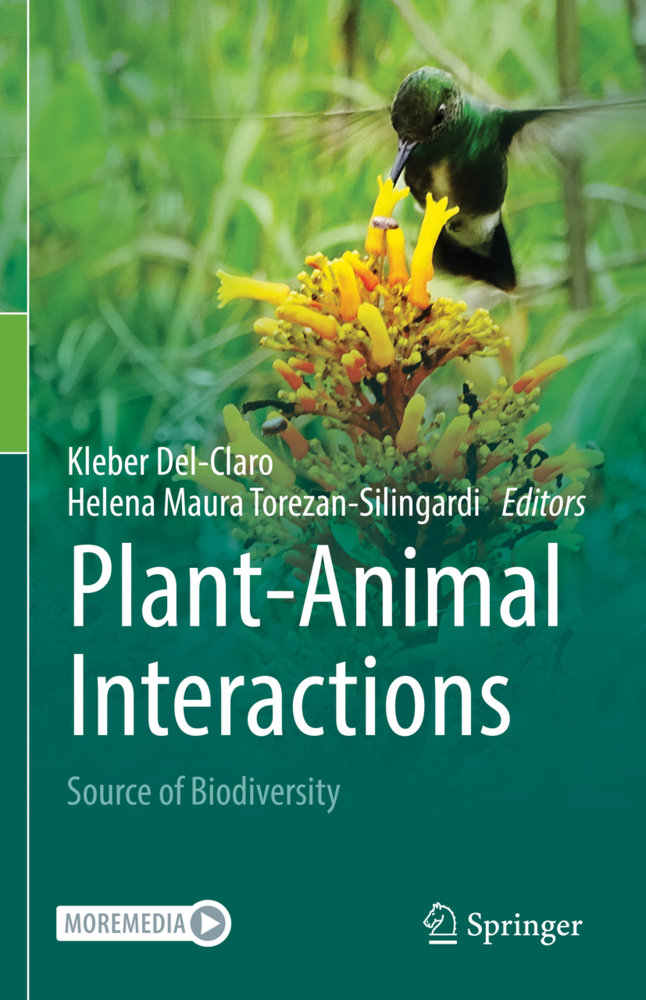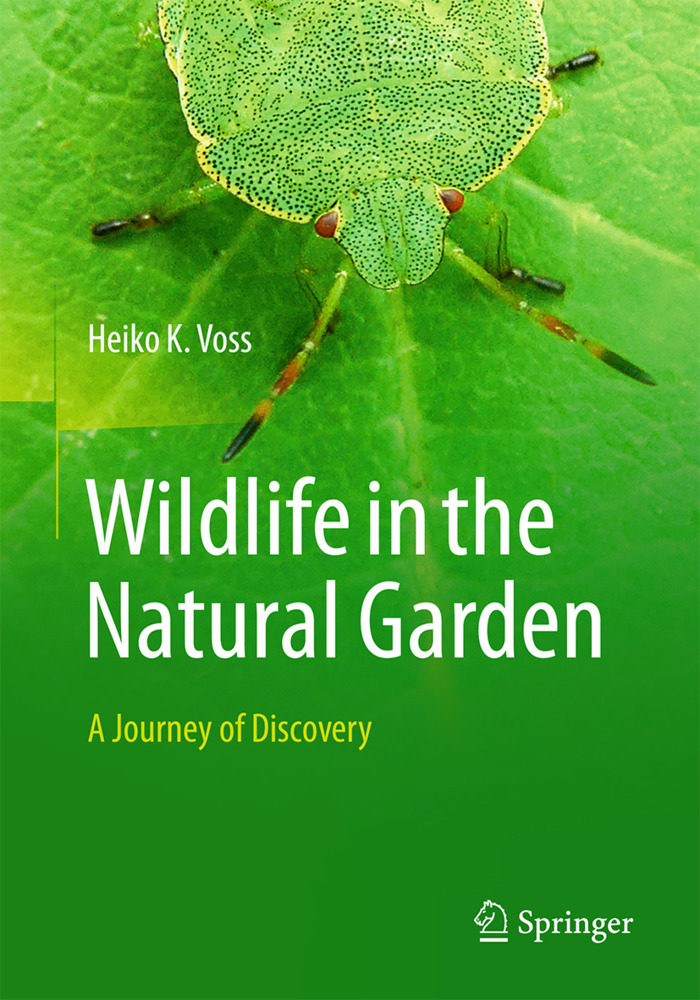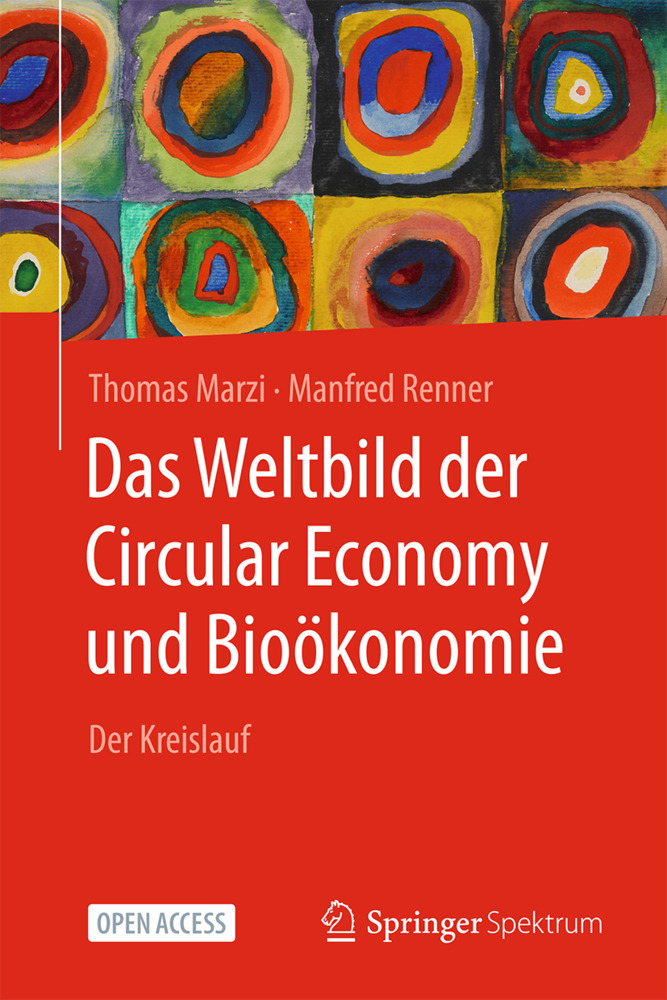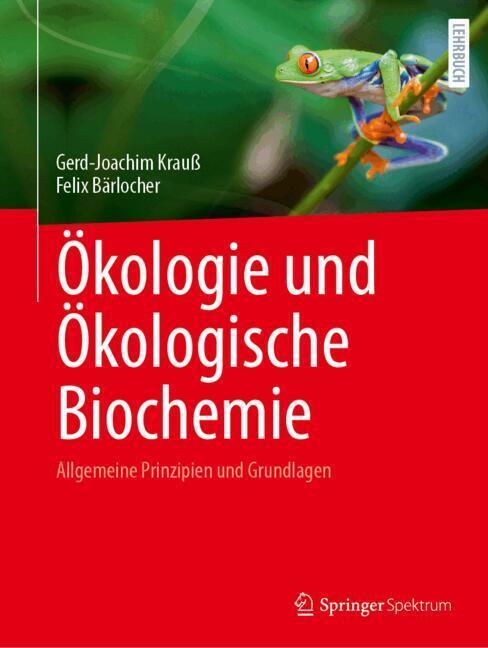Caterpillars in the Middle
Tritrophic Interactions in a Changing World
Caterpillars in the Middle
Tritrophic Interactions in a Changing World
Caterpillars are excellent model organisms for understanding how multiple selective forces shape the ecology and evolution of insects, and organisms in general. Recent research using the tools of modern molecular biology, genetics, metabolomics, microbial ecology, experiments conducted at a global level, network analysis, and statistical analyses of global data sets, combined with basic natural history, are yielding exciting new insights into caterpillar adaptations and ecology. The best way to view these research advances is within a framework of tri-trophic interactions. This is a timely topic for research given the central role of caterpillars and plants in the ecology and trophic structure of terrestrial communities. This book is unique in that it contains chapters from a team of experts on a diversity of key topics within caterpillar-plant interactions. This volume brings together contributions by researchers from around the globe, working in both tropical and temperate habitats,and in human-managed and more natural habitats. It is a significant contribution to our understanding of insect biology, and the role that insects, as represented by caterpillars, play in a world increasingly dominated by humans and one in which threats to insect biodiversity are mounting.
2.Surface warfare: Interactions between caterpillars and plant structural defenses
3.Role of host plants in mediating caterpillar-natural enemy interactions
4.Reciprocal impacts of plant defenses and host choice by Lepidoptera in Neotropical rainforests
5.Molecular ecology of caterpillar salivary defenses against host plants
6.Ecology and evolution of secondary compound detoxification systems in caterpillars
7.Comparative caterpillar host plant interactions in agricultural and wildland systems: what can comparisons tell us?
8.Caterpillars drive patterns of growth and top-down suppression of competing phloem-feeders across diverse environments
9.
Chapter 11 is available open access under a Creative Commons Attribution 4.0 International License via link.springer.com.
The Natural History of Caterpillar-Ant Associations" is available open access under a Creative Commons Attribution 4.0 International License via link.springer.com.
Part 1: Introduction
1.Diversity of caterpillar adaptations in a complex evolutionary landscape.- Part 2: Impacts of the first trophic level, plants, on caterpillar ecology and evolution2.Surface warfare: Interactions between caterpillars and plant structural defenses
3.Role of host plants in mediating caterpillar-natural enemy interactions
4.Reciprocal impacts of plant defenses and host choice by Lepidoptera in Neotropical rainforests
5.Molecular ecology of caterpillar salivary defenses against host plants
6.Ecology and evolution of secondary compound detoxification systems in caterpillars
7.Comparative caterpillar host plant interactions in agricultural and wildland systems: what can comparisons tell us?
8.Caterpillars drive patterns of growth and top-down suppression of competing phloem-feeders across diverse environments
9.
Marquis, Robert J.
Koptur, Suzanne
| ISBN | 978-3-030-86690-7 |
|---|---|
| Artikelnummer | 9783030866907 |
| Medientyp | Buch |
| Copyrightjahr | 2023 |
| Verlag | Springer, Berlin |
| Umfang | XX, 642 Seiten |
| Abbildungen | XX, 642 p. 135 illus., 105 illus. in color. |
| Sprache | Englisch |

